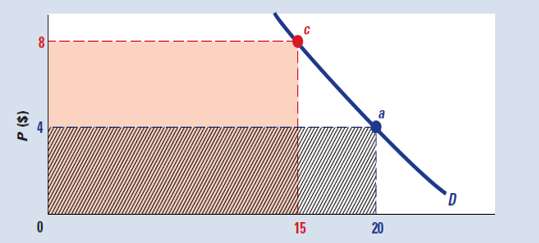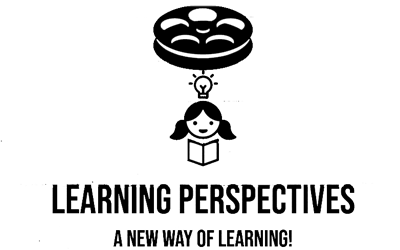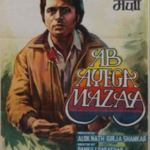Movie Case Study
Taraat is a banjo player. The scene shows Taraat (played by Ritesh Deshmukh) asking for a double payment for performing at a function. His colleague and friend tell him that he shouldn’t be asking for double payment as they are just getting popular and their demand is increasing. Taraat says that when demand is high, the price should be higher. Learning Perspectives will explore the meaning of demand in this blog.
What is Demand?
Demand is the desire to buy a product or service. Supply is the quantity of a product or service that’s available to the market at a given time. A buyer’s determination of the price they will pay is related to how he determines demand and supply. This information helps sellers determine how much to produce and where to produce their goods or services.
Demand Curve
In Economics, the law of demand states that if the price of the product goes up, demand for that product goes down. Hence, price and demand are inversely related to each other. The demand curve is downwards sloping indicating that when the price falls, the demand for the product rises.

The above graph indicates when the price of a commodity is $ 8, then the quantity demanded is 15. When the price falls to $ 4, then the quantity demanded is 20. This makes the demand curve downward sloping.
Understand Demand with Example
When John wants a new laptop, he must decide whether to create a demand for one himself or wait for someone else to do it first. He could start by asking his friends if they want one, but that may not be enough to acquire one. Alternatively, he could seek out strangers and ask them if they have room in their laptops for an extra one. People usually create demand for products and services when they need them- so they would have more chances of getting what he wants this way. Once he has created a demand, he should then find out how much demand exists for that particular item or service. Based on that information, he should decide how much supply he wants to produce and where to produce it. After that, he can start marketing his product or service and selling goods or services to willing buyers.
Supply
Supply is the opposite of demand; when there is greater supply, the price will be lower. For example: if there are 10 laptops available when two buyers want them, there are more than enough to meet both demands. However, if only nine are available, only one buyer can acquire one- so the price will be higher here due to increased supply. All things being equal – more buyers – greater availability – and lower prices make for a more profitable business plan. Therefore, knowing how buyers determine the price they will pay is an essential part of running a successful business.
When buyers are in need of something – be it a good or service – they look for people who have it and ask them for it. They may call people directly or go online to search for what they want. These actions create a demand for the thing the buyer wants- so this is how people usually create a demand for their products and services. Once there is a demand, buyers look at pricing to determine whether they can afford it or not- which affects their sales volume as well as profits from their business plan. Low prices attract more customers while high prices repel them away from your sales volume; in other words, pricing has huge social effects on buyers’ buying habits and behavior toward their needs and wants.
Pricing
To determine the price you want your goods or services to fetch, you must first understand what determines the price of any commodity: Demand & supply! In other words, when there’s high demand for a product or service, its price will increase compared to low-demand situations- which will make it profitable for businesses to produce it in large quantities. On the other hand, when there’s a low demand for a product or service, its price will decrease relative to high-demand situations- which will make it profitable for businesses to produce it in small quantities. In addition, depending on whether there’s a high or low supply for that product or service, high-demand situations will increase relative to low-demand situations- which makes it profitable for businesses to produce it in large quantities again.
Creating demand is an essential part of starting any business venture- but creating sufficient supply is just as important since buyers determine how much your goods or services cost them. Knowing how buyers determine the price they will pay is an essential part of running any business!








